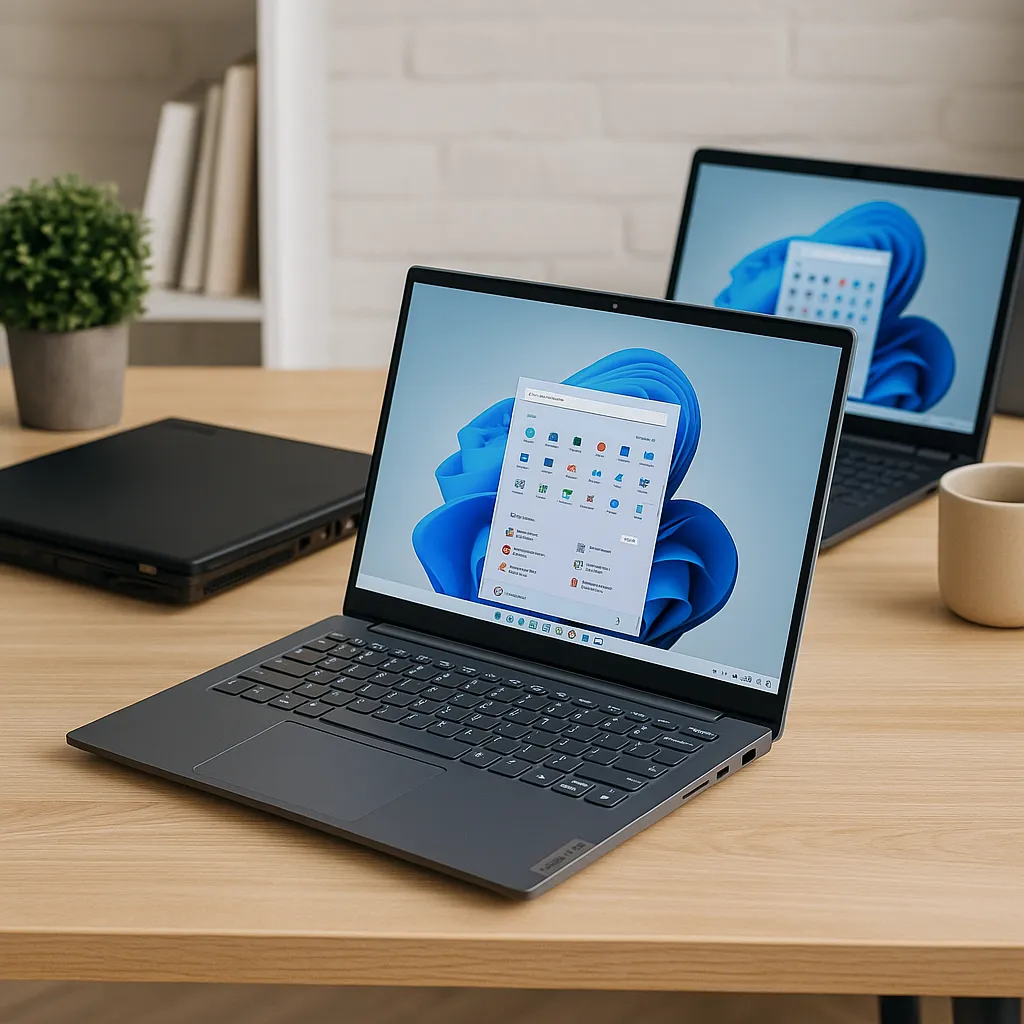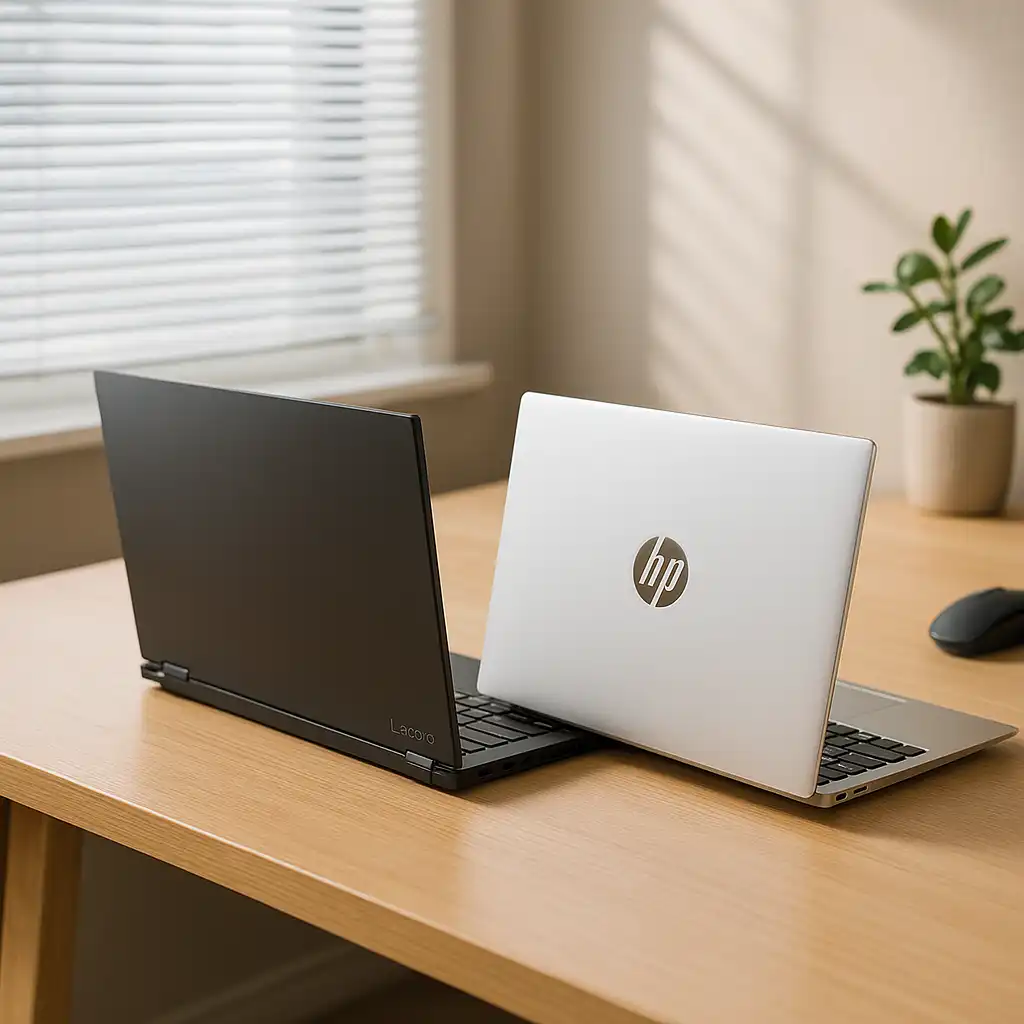Is Lenovo IdeaPad 5 a Good Laptop? Here’s the Real Deal
Disclosure: This post contains affiliate links. LaptopVoyager.com participates in the Amazon Associates Program and may earn commissions on qualifying purchases, at no extra cost to you.
The Lenovo IdeaPad 5 has earned a reputation as a dependable mid-range laptop. Whether you’re working remotely, managing school assignments, or handling creative projects, this model offers solid specs without a premium price tag.
To help you decide if it’s the right fit, we’re comparing three Lenovo models: the current IdeaPad 5, the newer IdeaPad 5 2-in-1, and the older ThinkPad P50. We’ll break down how each performs in real-world scenarios so you can make a smart choice.
Performance You Can Count On
The Lenovo IdeaPad 5 with the Ryzen 7 5825U and 16GB RAM delivers smooth performance for everyday use. Based on user reviews and benchmark comparisons, it’s reliable for multitasking—whether you’re hopping between Zoom calls, Excel spreadsheets, and 20 Chrome tabs.
The 2-in-1 IdeaPad 5 features the newer Ryzen 7 8845HS processor. It handles heavier loads more efficiently, making it a better option for tasks like video editing or running creative software.
The ThinkPad P50, once a high-end business laptop, is showing its age. Its Intel i7-6700HQ and traditional hard drive struggle to keep up with modern software demands. Unless you’re running legacy apps, the performance gap is noticeable.
Design and Everyday Usability
The IdeaPad 5 2-in-1 offers versatility with its 16-inch WUXGA IPS touchscreen. It rotates into tablet or tent mode, ideal for note-taking, design work, or media viewing.
The standard IdeaPad 5 keeps things practical. It has a 15.6-inch FHD touchscreen, slim chassis, and backlit keyboard. It’s light enough to carry around daily and built for productivity.
In contrast, the ThinkPad P50 is bulky and heavy. It’s built for durability rather than portability. While the keyboard is still praised, the overall form factor makes it less convenient for travel or flexible workspaces.
Features and User Experience
Both IdeaPad 5 models come with fingerprint readers, Wi-Fi 6, fast SSDs, and responsive keyboards. Windows 11 Home runs smoothly, and the touchscreens add to their everyday convenience.
User feedback highlights the typing comfort, especially on the 2-in-1. The newer model even supports stylus input—great for students and creatives who like to sketch or mark up PDFs.
The ThinkPad P50, while solidly built, feels slow without upgrades. Many buyers report needing to replace the hard drive with an SSD just to bring it up to basic speed expectations.
Value for the Price
The standard IdeaPad 5 stands out for its value. With 2TB of SSD storage and a powerful Ryzen processor, it offers strong performance without stretching your budget.
The 2-in-1 version is priced a bit higher, but the newer processor and flexible display make it worth considering if you want more than a traditional laptop.
The ThinkPad P50 is inexpensive now, but you’re trading off speed and portability. It might work as a secondary machine, but it’s not ideal for daily use.
Check Price & Availability
View on Amazon – Lenovo ThinkPad P50 (i7-6700HQ, 8GB RAM, 500GB HDD)
View on Amazon – Lenovo IdeaPad 5 (Ryzen 7 5825U, 16GB RAM, 2TB SSD)
View on Amazon – Lenovo IdeaPad 5 2-in-1 2024 (Ryzen 7 8845HS, 16GB RAM, 512GB SSD)
Conclusion
The Lenovo IdeaPad 5 is a smart choice for anyone who needs a reliable, well-rounded laptop. It’s quick, lightweight, and ready for everything from schoolwork to light creative tasks. If you want more flexibility and newer hardware, the 2-in-1 version is an excellent upgrade.
Meanwhile, the ThinkPad P50 may still have a niche following, but for modern users, it falls behind in performance and portability. For most people, one of the IdeaPad 5 options will be the better pick.







